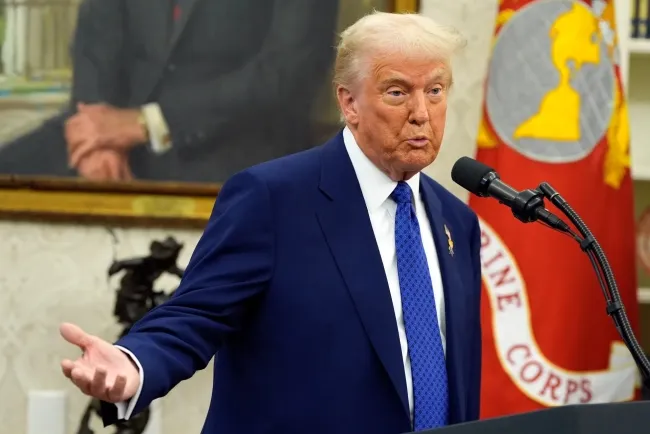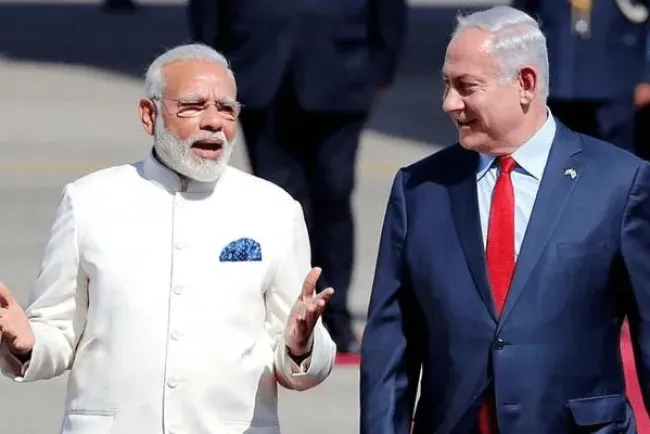Crude Oil Prices Plunge: Implications for India's Economy and Inflation
With crude oil prices falling below $60, industry experts are questioning whether this trend represents a structural correction or a temporary oversupply issue. Sundep Bagla, CEO of Trust Mutual Fund, provides insights into the potential impacts on various sectors and the broader Indian economy.
Short-Term Correction or Long-Term Trend?
Bagla suggests that the decrease in crude prices is likely a short-term correction rather than a structural shift. He anticipates that crude prices may continue to decline over the coming months, indicating that significant increases are unlikely in the near future. The volatility in the oil market makes it challenging to predict long-term trends; however, the immediate outlook appears bearish for crude.
Sectoral Impact and Economic Benefits
The decline in crude prices will have a ripple effect across several industries in India. Bagla highlights that sectors such as automobiles, FMCG, and airlines are likely to benefit from lower crude costs. Since India is heavily reliant on crude imports, reduced prices could lead to improved foreign exchange conditions and a smaller current account deficit, providing greater fiscal leeway for the government.
However, consumers may not see immediate benefits at the pump, as retail prices may not decrease correspondingly. Nonetheless, industries such as tires and carbon black are expected to experience gains, bolstering their profitability in light of lower raw material costs.
Inflation Expectations and RBI Policy
The impact of falling crude prices on inflation expectations could be significant. Bagla projects a potential decrease of 15 to 20 basis points over the medium term, depending on government responses to consumer prices. Even if retail prices remain stable, the overall economic benefits could lead to moderated inflation expectations.
The Reserve Bank of India's (RBI) approach to monetary policy appears to align with the current economic landscape, as Bagla notes a path toward reduced interest rates and increased liquidity. The RBI’s initiatives, including bond purchases and liquidity swaps, have transitioned the sector from a liquidity deficit to a surplus, which could further lower deposit rates and overall borrowing costs.
Long-Term Procurement Strategies
Regarding crude procurement strategies, Bagla believes that while minor adjustments may occur, no significant shifts are expected if the current price trend continues. The existing arrangements are likely long-term, and any changes would be minimal. However, ongoing global uncertainties and persistent weak demand could dampen the perceived benefits at the index level, with only certain sectors truly capitalizing on the falling prices.
Conclusion
As crude oil prices dip below $60, the Indian economy stands to gain in various ways, particularly through sectoral benefits and improved fiscal conditions. While consumers may not experience immediate relief, the broader implications for inflation and monetary policy could lead to a more favorable economic environment in the medium term. Stakeholders will be closely monitoring these developments as they unfold.
For the latest updates on economic trends and insights, stay tuned to our blog and follow us for more information.
What's Your Reaction?
















